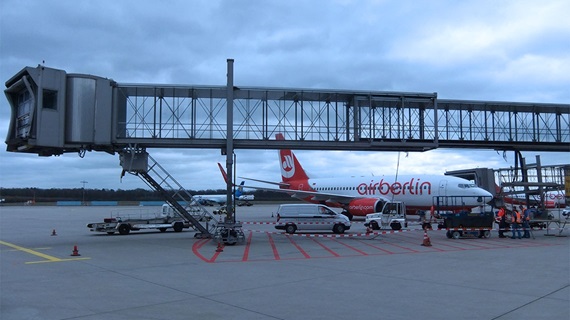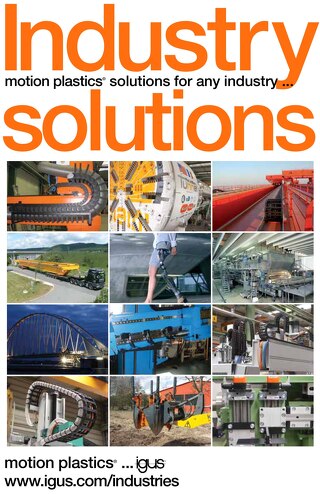Fly Dry: Thermoplastic Bearings and Linear Slides Within Aircraft Interiors
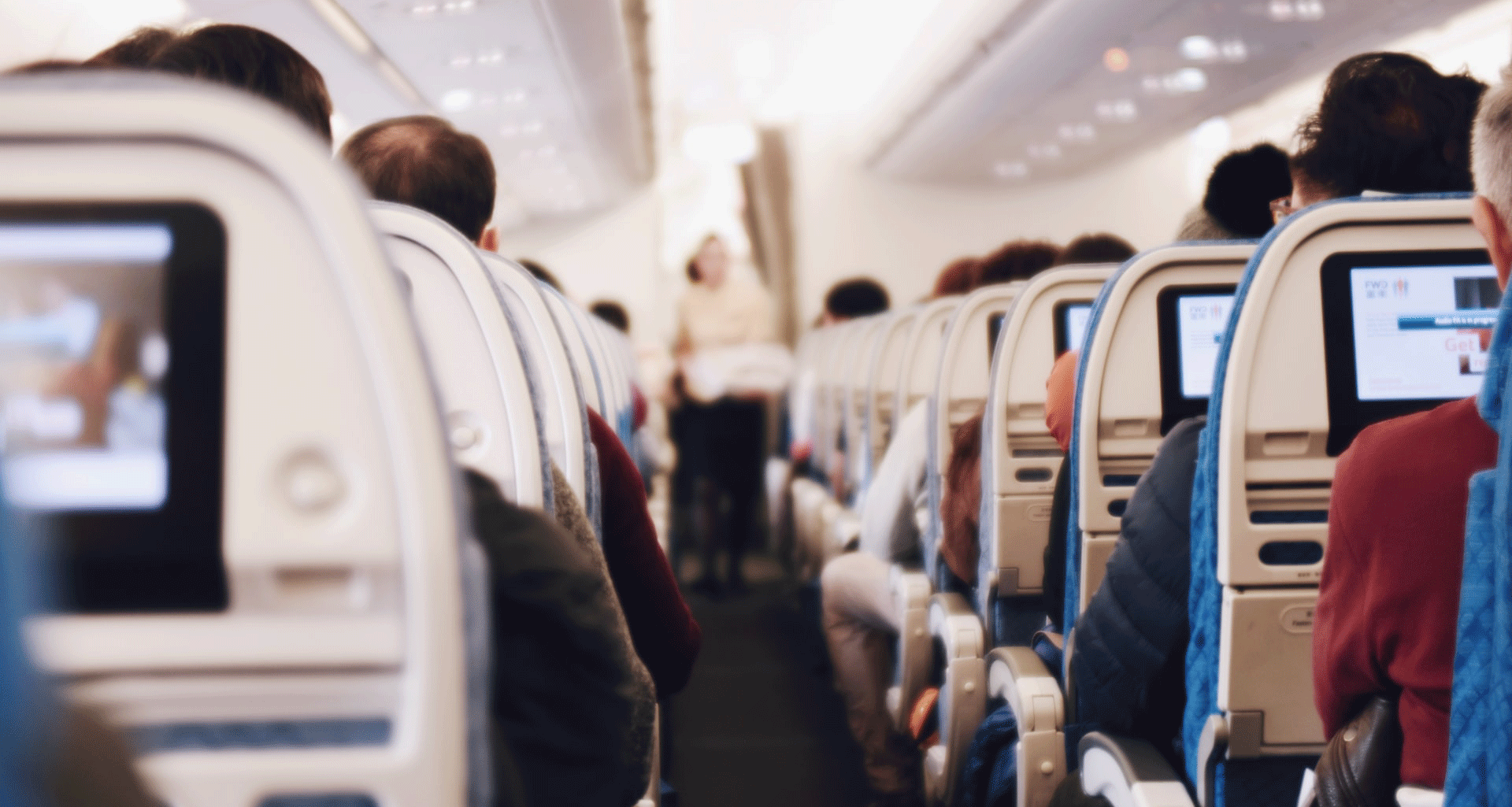
There are so many potential uses for plastic bearings and linear guides within aircrafts and the aviation industry that the applications are truly up in the air—oh come on, what would a decent blog post be without at least one or two terrible puns?
In all seriousness, aviation is one of the most ideal industries for plastic bearing technology, and here are the main reasons why:
1. Extremely low weight, which helps save on fuel cost.
2. No oil or grease that might leak or spill onto clothes and upholstery.
3. Compact and can easily be customized to fit into tight spaces, allowing for more room in the interior.
4. Low-cost for high volume ship-set builds.
Seats
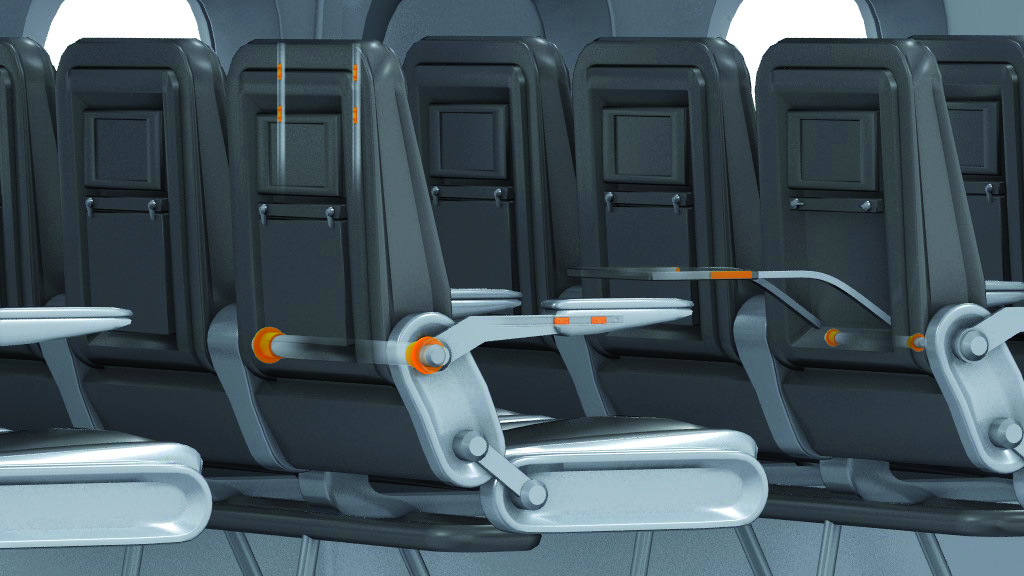 Plastic bearings are frequently used within the pivot points of seats, armrests, and main pivot points—from first-class to tourist class, they are perfect for low friction motion without any grease. Since they can withstand high static loads, they can easily pass crash-test applications—all while keeping the interior cabins clean and dry. They are much better suited for pivoting applications than bronze bearings thanks once again to the lack of need for lubrication, in addition to being extremely vibration-dampening due to their base polymer materials.
Plastic bearings are frequently used within the pivot points of seats, armrests, and main pivot points—from first-class to tourist class, they are perfect for low friction motion without any grease. Since they can withstand high static loads, they can easily pass crash-test applications—all while keeping the interior cabins clean and dry. They are much better suited for pivoting applications than bronze bearings thanks once again to the lack of need for lubrication, in addition to being extremely vibration-dampening due to their base polymer materials.
Headrests and footrests
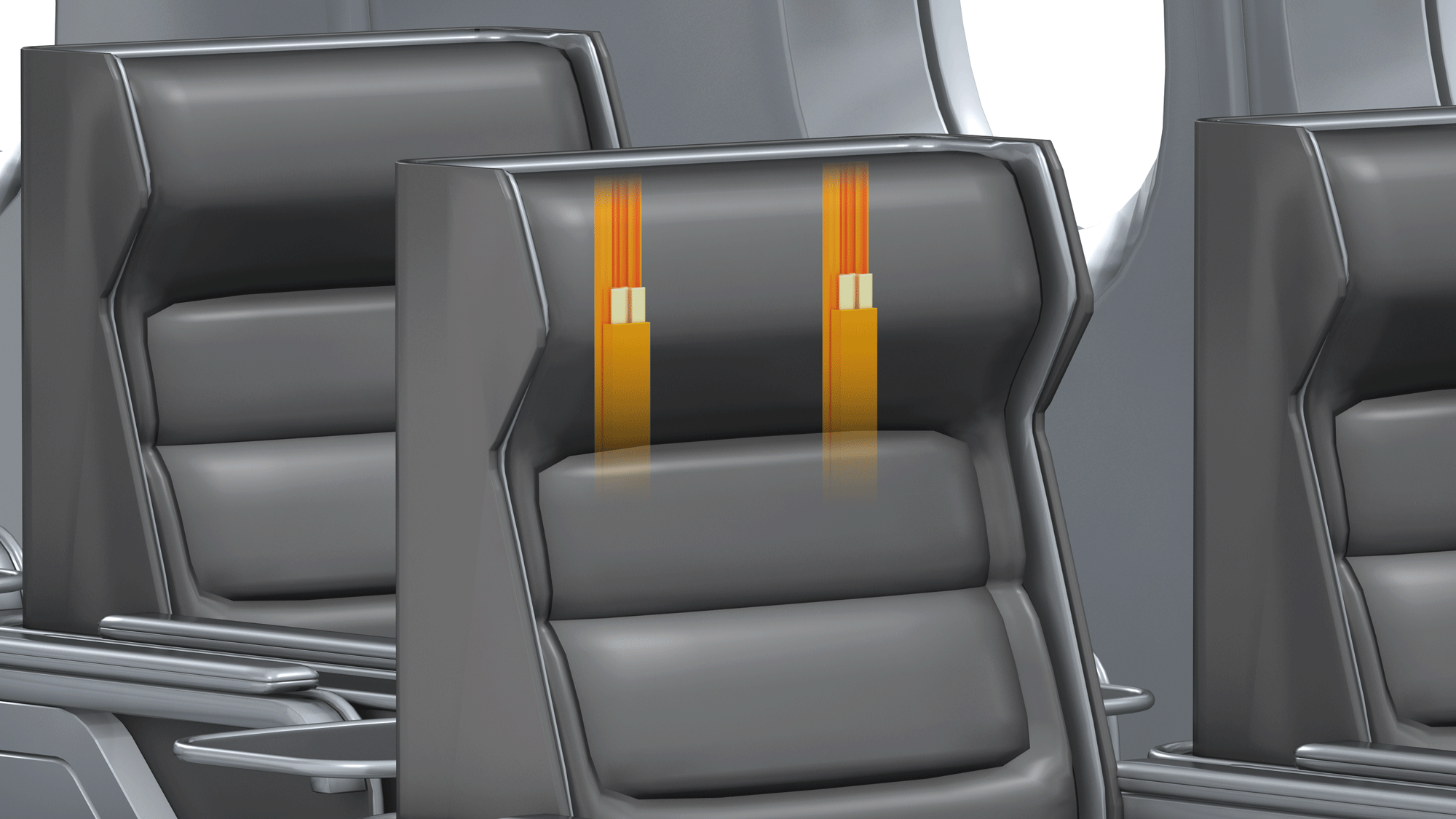
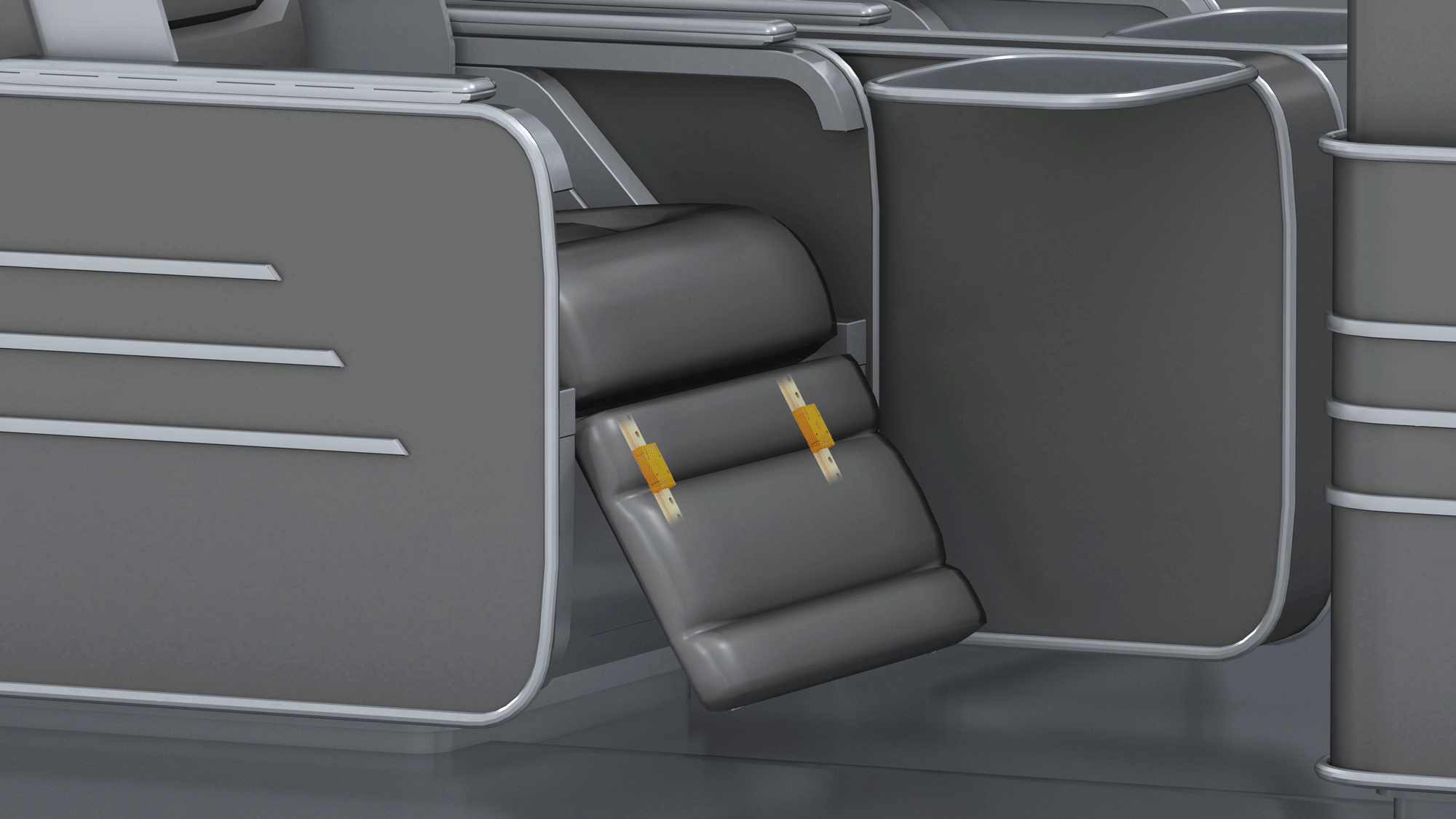
Low-weight and low-profile linear guides offer an ideal solution for headrests and footrests. Products that have pre-defined preloads allow for smooth, consistent adjustment without any rattling. Mechanical stops and detents can also be integrated into the rail systems to allow for solid mechanical stops.
Additionally, there is the benefit of quiet operation without any rattling during turbulence or takeoff/landing situations, along with the fact that they are able to withstand the abuse loads that are required during the testing process.
Food Trays
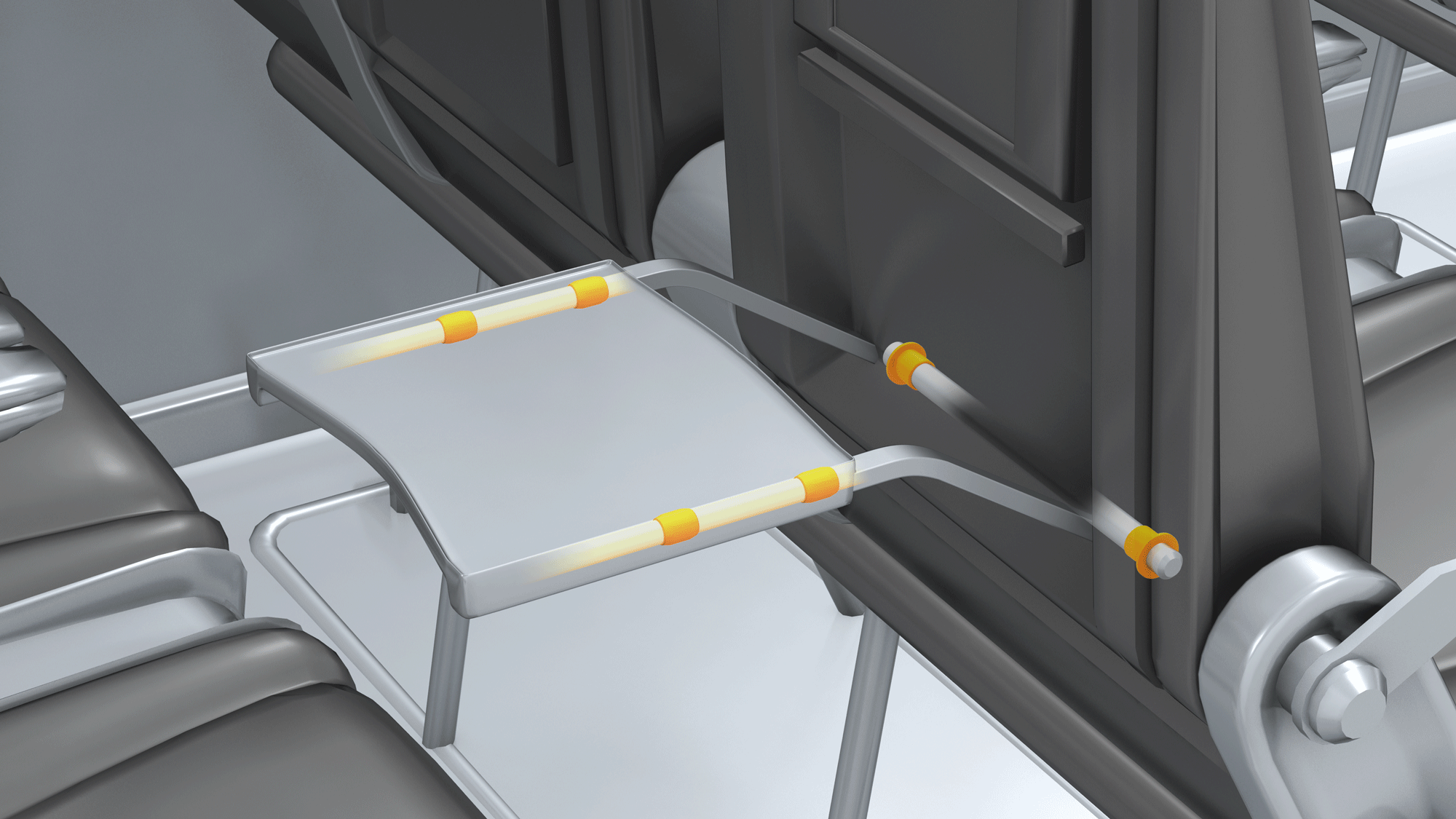 Both press-fit bearings and low-profile linear bearings and slides have had many successful applications within many food tray and table-extension designs. There is absolutely no oil or grease that could potentially contaminate passenger clothing, and they are completely resistant to beverage and food spills during those more, err, turbulent moments. With the correct design, these trays are able to open and slide out smoothly and easily, while also passing the abuse test required during testing.
Both press-fit bearings and low-profile linear bearings and slides have had many successful applications within many food tray and table-extension designs. There is absolutely no oil or grease that could potentially contaminate passenger clothing, and they are completely resistant to beverage and food spills during those more, err, turbulent moments. With the correct design, these trays are able to open and slide out smoothly and easily, while also passing the abuse test required during testing.
Video Arms and Slides
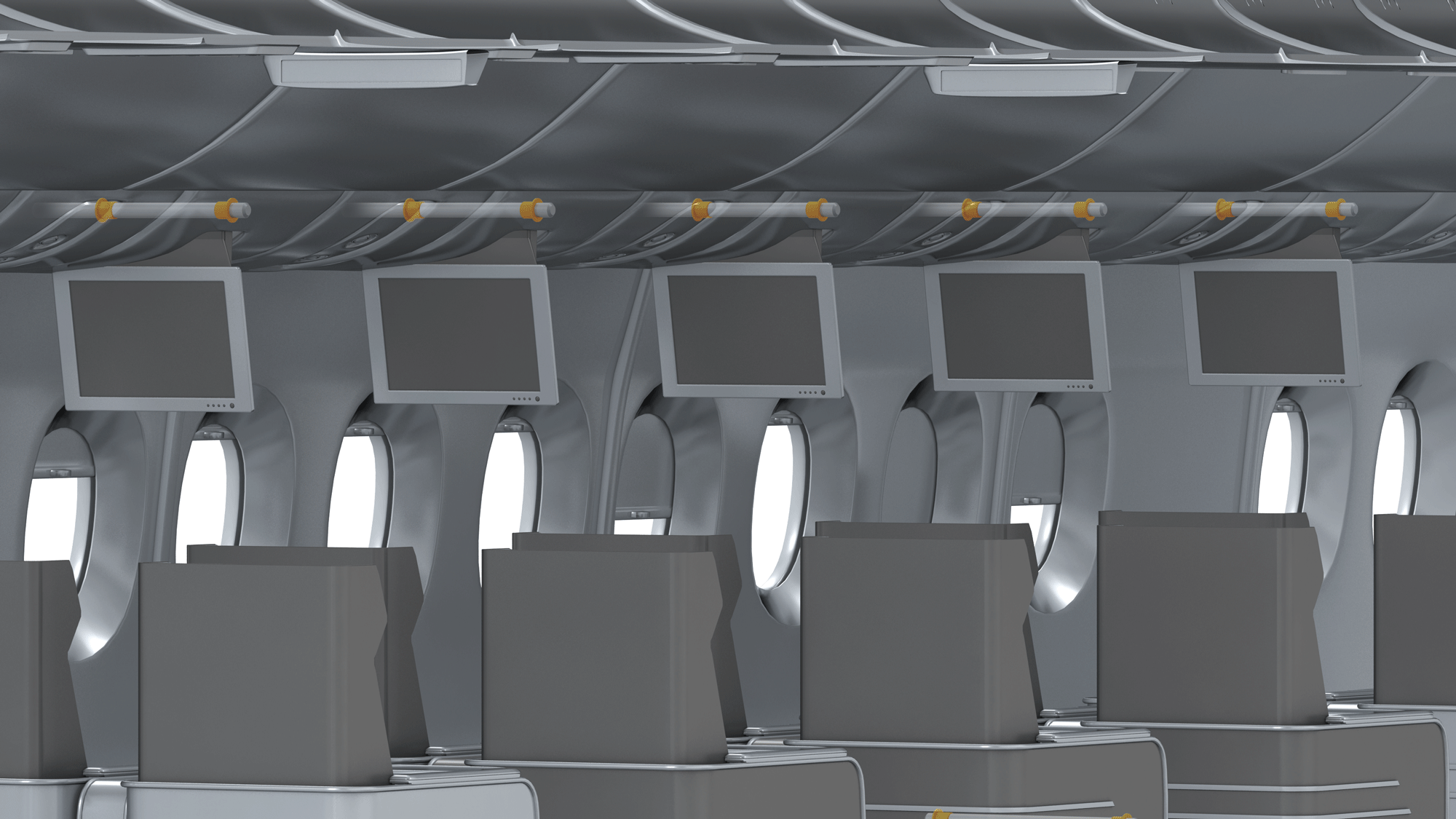 Plastic bearings offer a number of benefits when it comes to moving TVs or tablets—whether it be a monitor that pivots from the ceiling via plain bearings, or one that slides from left-to-right via linear bearings, they all offer smooth motion and a consistent coefficient of friction. Thanks to an incredible service life, plastic linear bearings will operate the same on flight #1000 as they did on their maiden voyage. There are also a number of self-aligning spherical bearings for any applications that might be facing alignment issues. Additionally, the linear guides with aluminum rails offer a significant reduction in weight over steel ball bearing designs.
Plastic bearings offer a number of benefits when it comes to moving TVs or tablets—whether it be a monitor that pivots from the ceiling via plain bearings, or one that slides from left-to-right via linear bearings, they all offer smooth motion and a consistent coefficient of friction. Thanks to an incredible service life, plastic linear bearings will operate the same on flight #1000 as they did on their maiden voyage. There are also a number of self-aligning spherical bearings for any applications that might be facing alignment issues. Additionally, the linear guides with aluminum rails offer a significant reduction in weight over steel ball bearing designs.
Privacy Partitions
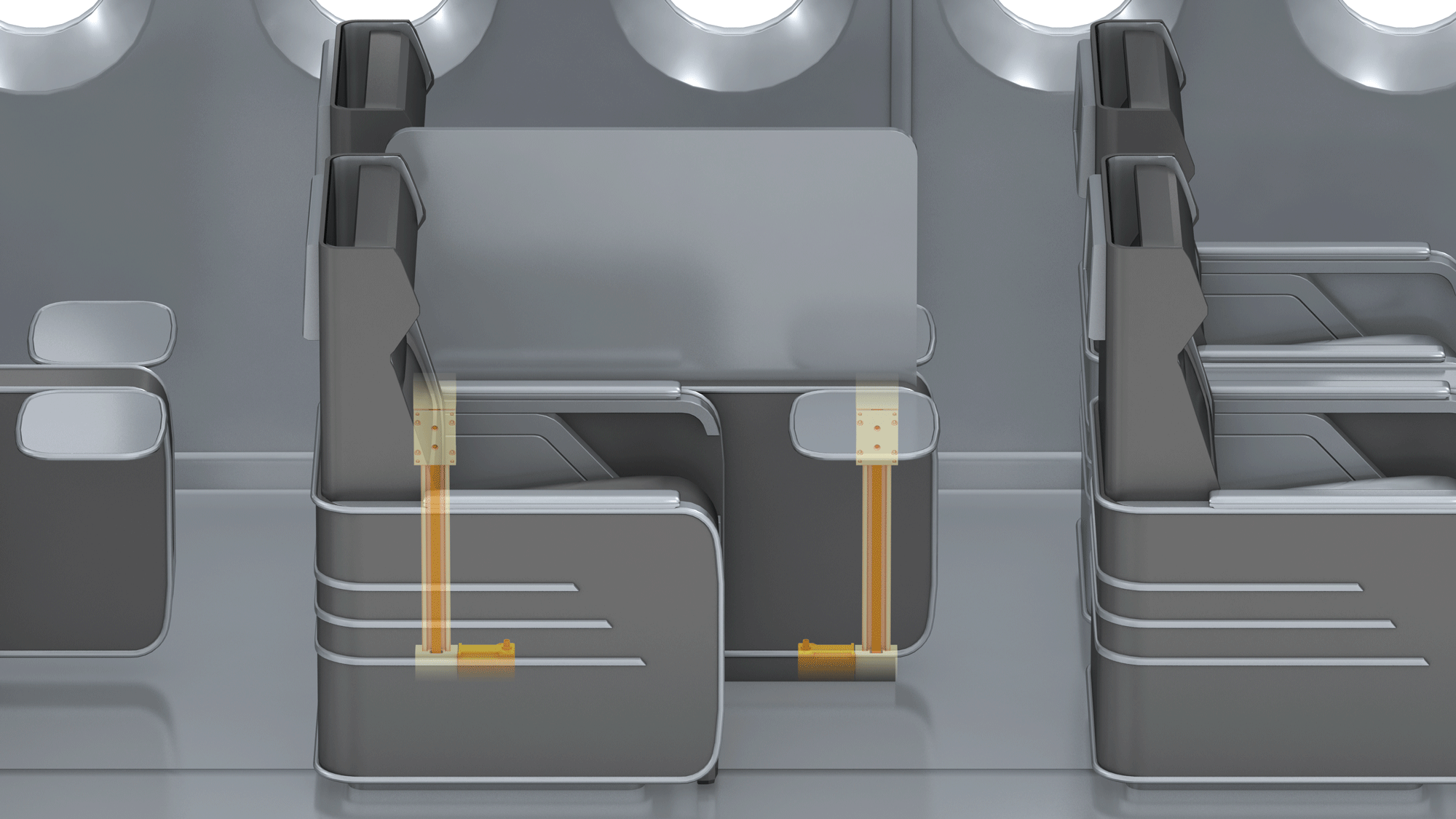 Need a break from that coworker on your international flight? Or maybe you don’t want to talk to the chatty stranger sitting next to you? Mostly found within first and business-class cabins, privacy partitions are popular for seats that face each other. Both manually-driven and automated low-profile linear guides and actuators offer a quiet, clean way to guide your partition open. Plastic lead screw nuts, belt-driven compact actuators, or even simply a linear guide powered by hand are an ideal solution.
Need a break from that coworker on your international flight? Or maybe you don’t want to talk to the chatty stranger sitting next to you? Mostly found within first and business-class cabins, privacy partitions are popular for seats that face each other. Both manually-driven and automated low-profile linear guides and actuators offer a quiet, clean way to guide your partition open. Plastic lead screw nuts, belt-driven compact actuators, or even simply a linear guide powered by hand are an ideal solution.
The applications and benefits that plastic plain bearings and linear bearings can provide for your next design do not just stop there—pocket doors guided by curved linear rails, latches and locks requiring maintenance-free bearings, luggage rack guides, galley and crew apparatuses can all utilize plastic bearing technology for weight reduction and quiet, clean performance.
If you are interested in speaking with an expert about plastic linear bearings for your next aviation design, please do not hesitate to contact Matt Mowry, drylin Product Manager.

